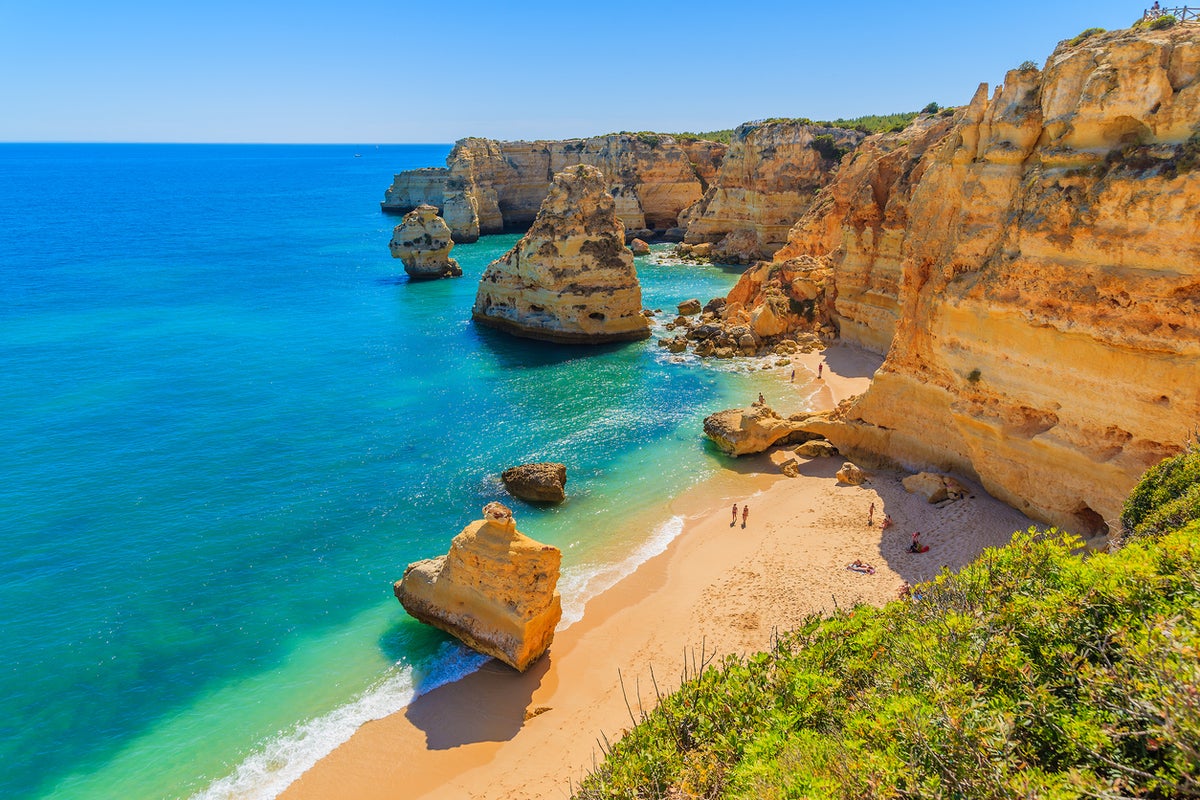
Wild empty beaches with year-round sun, crag-top crusader castles, cities bursting with museums, baroque treasures and buzzing with boho nightlife... Portugal is every bit as enticing as its neighbour Spain. Yet it receives a fraction of the visitors. Come for palaces perched over the ocean, ruined abbeys set in meadows brilliant with butterflies and perfectly preserved medieval villages so quiet you can hear your footfall echoing off the cobbles.
Current travel restrictions and entry requirements
Travellers to Portugal no longer need to present proof of a negative Covid test or evidence of vaccination, unless they are arriving directly from China.
When is best time to travel to Portugal
Portugal is good at any time of year if you choose your destination carefully. In mid-summer the coast is warm and sunny, but inland regions bake until the grass is brown (reaching the 40C in the centre and south). June sees the colourful São João festivals, which are at their liveliest in Porto, where locals bash each other over the head with rubber hammers and dance until dawn in the streets. Autumn and winter are beautiful in the Serra da Estrela mountains – with golden leaf fall and enough snow for skiing. Madeira has some of Europe’s warmest, sunniest mid-winters. Spring is beautiful everywhere – especially in the Alentejo and Centro regions, which are lush and blooming with wildflowers. April and May are the best times to see Blue Whales in the Azores.
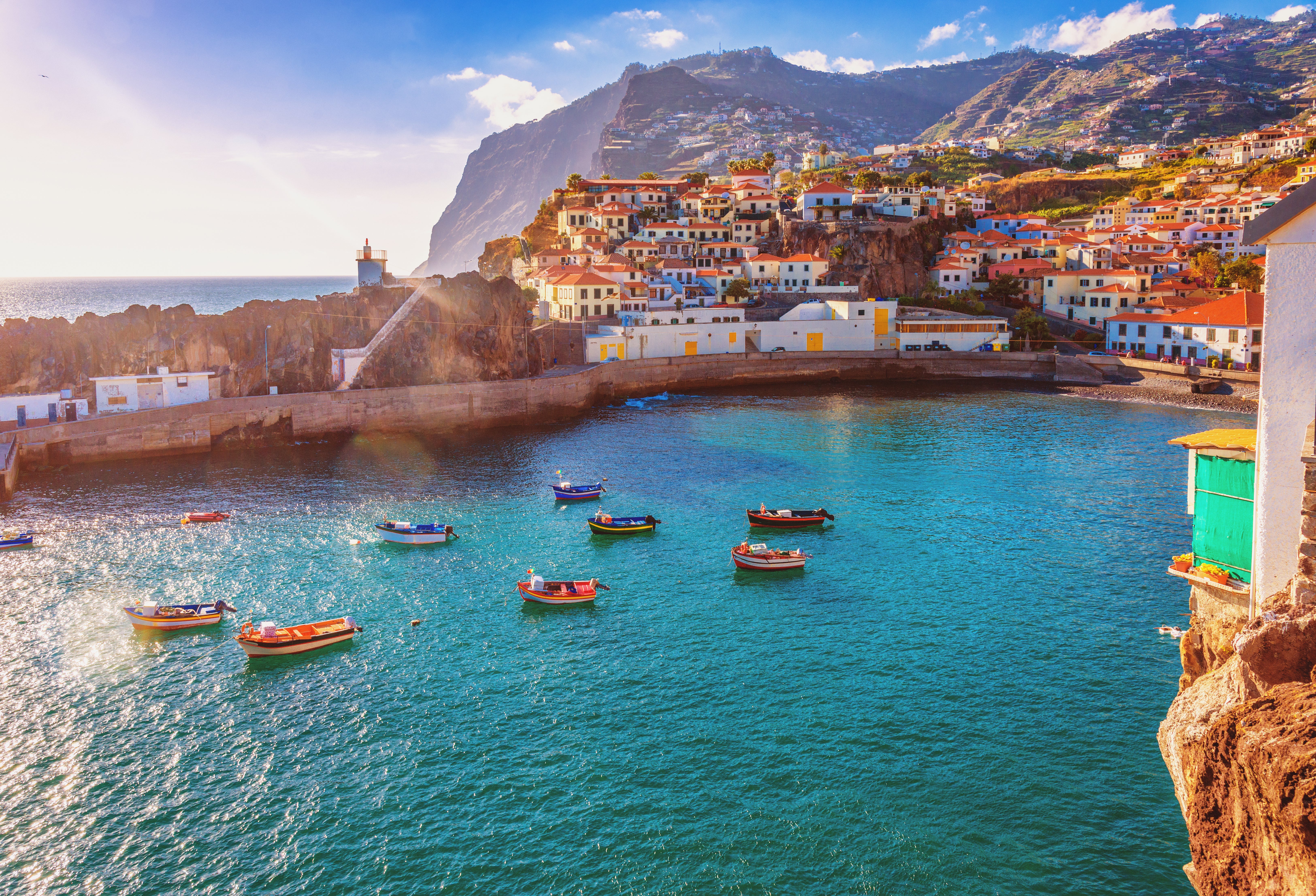
Best beach locations
The Algarve
By Spanish standards, Portugal’s slice of the Mediterranean coast remains unspoilt. In parts. Yes, there are towns of concrete condos, high rise resorts and golf courses, but there are wild stretches too. Silk-soft stands and rolling dunes run for tens of lonely kilometres around Tavira Island in the east; and in the West, near Sagres, the coast crumbles into cave-pocked cliffs and crescent coves backed by butterfly-busy meadows. And then there are the hills, with their Mykonos-white cottages and castle towns and their little spa villages – like Monchique, set in pine woodlands next to a rushing, clear-water stream.
The Silver Coast
With its terracotta cottages clustered along a clifftop above a long, golden beach, Nazaré doesn’t feel like one of the world’s adventure sport capitals. But in autumn and winter the world’s most daring surfers gather here, to ride the world’s largest waves – hundred-foot-high rollers that crash onto the sand. It’s an astonishing sight. And surfers drawn here are discovering that the village sits at the heart of one of Europe’s loveliest coastal regions – the Costa Dourada. It’s gorgeous at any time. There are fabulous beaches of all shapes and sizes around Nazaré, Peniche and Aveiro (some placid enough for toddlers, others good enough for year-round championship surfing) and heaps to do nearby. Hop a few miles inland to visit the ancient hilltop university city of Coimbra, the tiny walled town of Óbidos (with its fairytale castle) and the towering Gothic Abbeys at Batalha and Alcobaça – both Unesco World Heritage sites.
Madeira
Does Europe have a prettier island than this? Madeira’s rugged ridges and rice-paddy-green terraces drop to honey-coloured beaches and a Caribbean-clear sea. Winding roads link tiny sugar-cube hamlets, trails that lead into the mountains and a string of cliff-top miradors with stunning dawn and sunset views. Sea-cooled, Madeira’s never too hot in summer. In winter it’s warm enough to swim in the sea. And in spring the landscape is brilliant with blossoming oleander, agapanthus and lilies of the valley.
Best city break destinations
Lisbon
Even by European standards Lisbon is a ridiculously pretty capital. The stately, statue-filled squares and elegant monochrome-mosaic pavements of the city’s handsome 18th-century centre (the Baixa) sit at the feet of a romantic castle. It’s one of Europe’s oldest fortifications: founded by Phoenicians and later expanded by Romans, Moors and Crusader knights. Lisbon’s neighbourhoods are sprinkled around the Baixa over seven hills. The best way to see it all is to get lost: wander the cobbled wynds of the Bairro Alto or the Alfama – past fado-clubs, boho bars and art nouveau cafes fragrant with bica coffee. Take a tram along the shore of glistening blue Tagus estuary to Belém for glittering gothic and baroque churches and the world’s best pastel de nata custard tarts. And catch a commuter train to the beach at chic Cascais (where Edward and Mrs Simpson had their summer home) or the pantomime castles and rococo mansions of Sintra set in pine woodlands over the Atlantic.
Read more on Portugal travel:
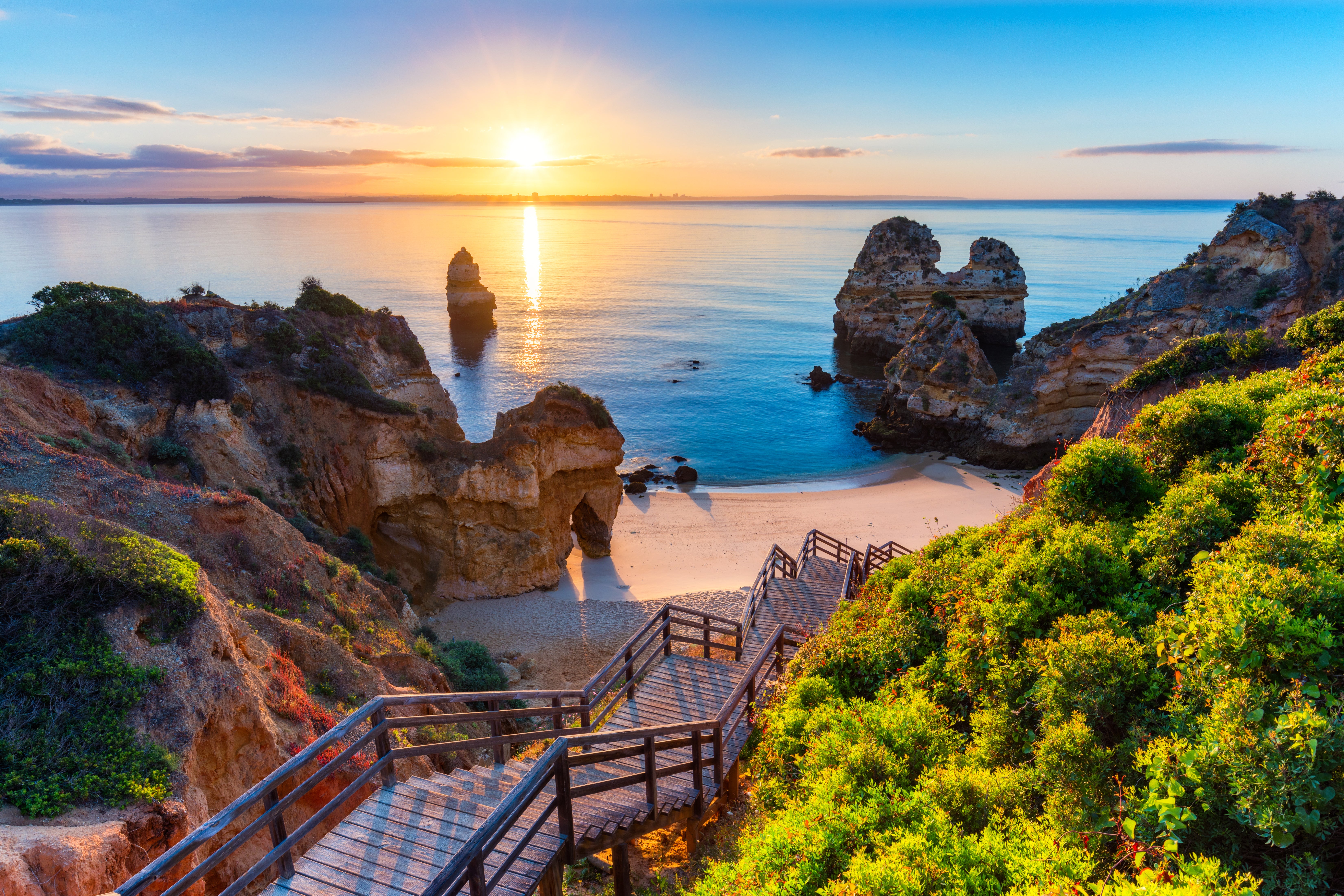
Porto and the Douro Valley
With winding, church-stippled streets clambering up the side of a steep valley cut by the Douro River, Portugal’s northern capital of Porto has a setting almost as breath-taking as Lisbon. And at less than half the size, it’s perfect for urban walking. Stroll along the riverfront in the neighbourhood of Vila Nova de Gaia, stopping to sample port in one of the myriad historic adega wine-warehouses. Climb the steep streets, which are lined with a hodge-podge of rococo churches and tall medieval houses to squares lined with striking modernist buildings. And use the city as a base to explore Portugal’s northern beaches, and the steep, sinuous Douro river – which cuts through a patchwork of vineyards.
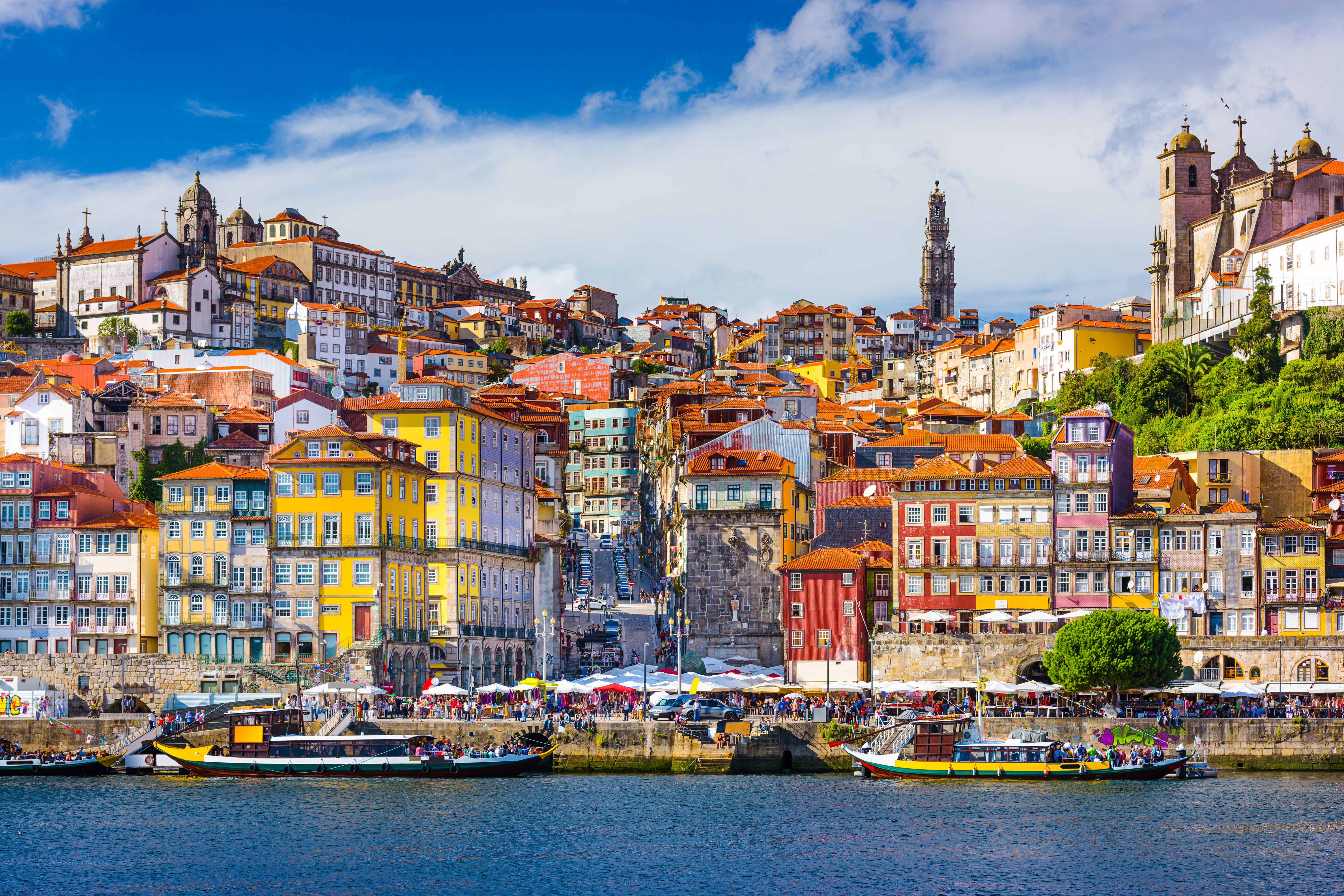
Best other places to visit in Portugal
Azores
This mid-Atlantic archipelago is Europe’s Hawaii – a cluster of beach-fringed smoking volcanoes set in an inky-blue ocean. There’s great hiking, mountain-biking and surfing and, with some of the clearest air outside the poles, the sunsets and starry skies are magnificent. But it’s the wild, unpolluted ocean that’s the main draw. There’s nowhere better in Europe to see whales and dolphins – with an astonishing 25 species visiting Azores annually, including the largest animal on Earth, the Blue Whale, which migrates here in spring.
The Alentejo
Stretching across the bottom of Portugal between Lisbon and the Algarve, the Alentejo is Iberia’s Tuscany (without the crowds). Come for sleepy stone villages ringed with medieval walls and topped with castles; walk their narrow streets and chance upon a forgotten local restaurant serving fabulous Alentejo wines, olives and cheeses. Drive through meadows and along tiny roads to Roman ruins and standing stones older than Stonehenge, and swim off empty beaches backed by crumbling, caramel-coloured cliffs.
Read more on scenic cycling on Portugal’s Alentejo Circuit
Serra da Estrela mountains
The Serra da Estrela mountains – a 90-minute drive from the Silver Coast – have some of Portugal’s loveliest landscapes: gorgeous gorges cut by rushing mountain rivers and stepped with waterfalls; steep valleys of tumbling terraced fields sitting at the feet of granite Hobbit-villages; and enough snow in January and February for a small ski resort.
Best hotels in Portugal
Lisbon hotels
- Best for families: Martinhal Chiado
- Best for the location: AlmaLusa
- Best for groups of friends: Hall Chiado
- Best for couples: Memmo Principe Real
- Best for views: NH Collection Lisboa Liberdade
- Best for feeling at home: Casa do Barao
- Best for a neighbourhood feel: Lisboa Carmo Hotel
- Best bargain design: Hotel Convento do Salvador
- Best for partying: Teatro B&B
- Best for staying in: Bairro Alto Hotel
Read more on the best hotels in Lisbon
Porto hotels
- Best for wine: The Yeatman
- Best for regal atmosphere: M Maison Particulière
- Best for views: Oh! Porto, Booking.com
- Best for throwback luxury: Pestana A Brasileira, Booking.com
- Best alfresco dining: 1872 River House, Booking.com
- Best for location: The House Ribeira Hotel, Booking.com
- Best for history: Porto AS 1829, Booking.com
- Best for shopping: Armazem Luxury Housing, Booking.com
- Best for greenery: Malmerendas, Booking.com
- Best for architecture buffs: Vincci Porto, Booking.com
Read more on the best hotels in Porto
Top things to do in Portugal
Drive along the Spanish border
Portugal’s frontier with the auld enemy Spain is Europe’s oldest contested border. Littered with forgotten fortified towns and villages – built by Romans, Moors, Christian kings and British soldiers under Wellington – it’s a fascinating drive. And the landscapes of rugged mountains, heaths, river-cut gorges and vast lakes arew spectacular.
Stay in a rural pousada
Spain has its paradors, Portugal its pousadas – historic monasteries, palaces and castles reinvented as luxurious rural hotels. The country’s interior is speckled with them – from the ancient Phoenician castle of Alcacer do Sal in the Altentejo (a hop from the fashionable beach at Comporta where Madonna has a home), to a converted convent next to the sprawling palace where a young Catherine of Bragança grew-up before leaving to become Queen of England.
Walk the Vicentina Coast
Cutting through wildlflower meadows, running across hidden coves and over rocky cliffs nested by storks and peregrine falcons, The Rota Vicentina is one of Western Europe’s loveliest coastal walks. You can spend a week or more wandering it entire length – from Sagres at the southwestern tip of the Algarve to the vast beaches around Sines in the Alentejo; or you can walk a small stretch in a morning or an afternoon.
Best Portugal destinations for foodies
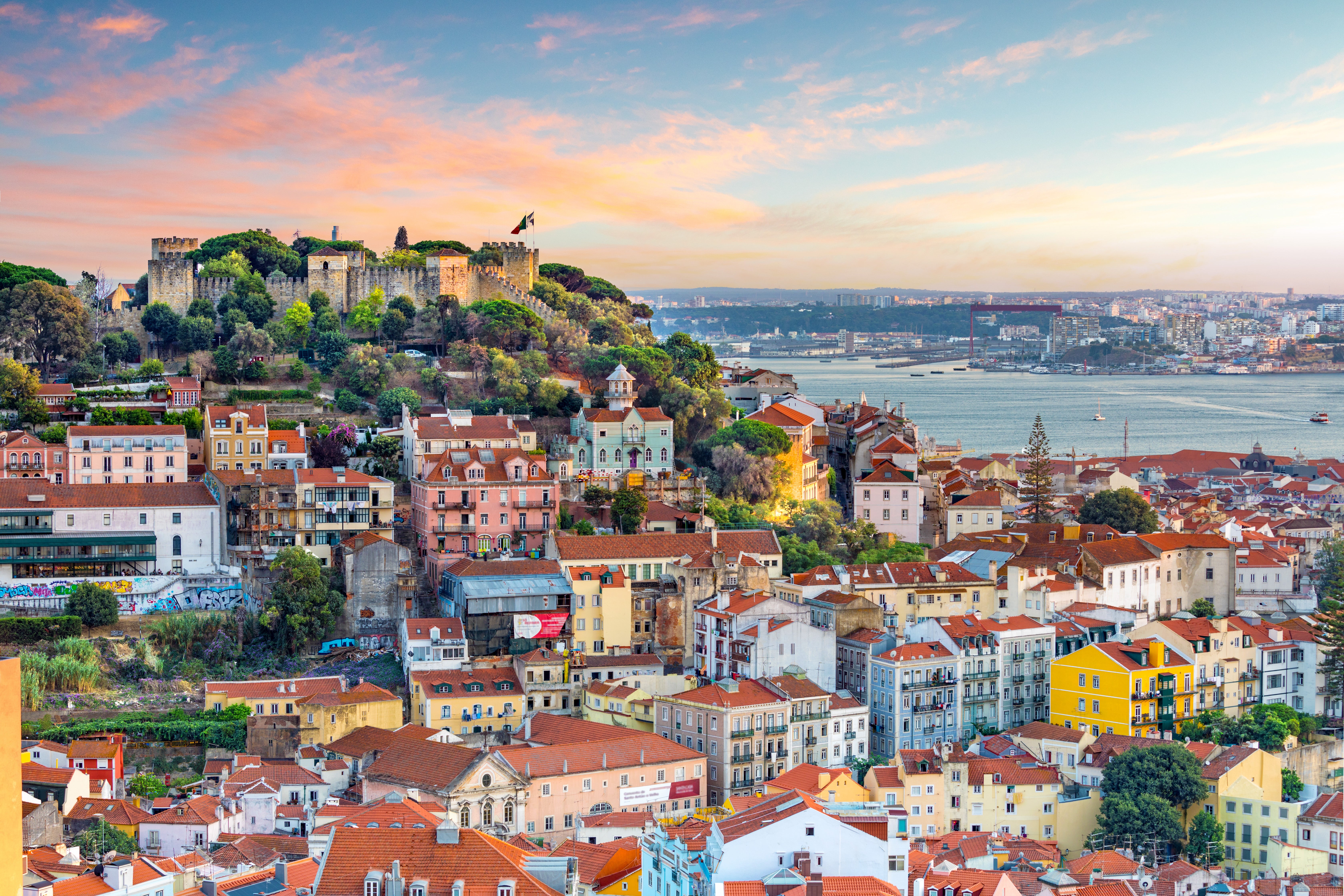
Lisbon
With a slew of critic-loved kitchens, Lisbon is where to fine dine. Top of the bill is Belcanto, degustation-only flagship of celebrity chef José Avillez. Alma run by rising star Henrique Sá is more contemporary – offering Portuguese traditional cooking re-invented and fused with ingredients from Lusitanian Asia and Africa. Or for a quintessential Lisbon experience pull up a chair at a marble-topped tables in a traditional art nouveau cafe – like A Brasileira (where Lisbon’s James Joyce, Fernando Pessoa used to write his poems), order a thick bica espresso and a pastel de nata custard tart and watch the city go by.
Porto and the Douro Valley
Portugal’s second city sits on the Douro – one of Europe’s great wine rivers. For a table with a stunning river view (and a menu to match) book the Yeatman or the bucolic 18th Century Quinta da Pacheca, set in rolling vineyards. The best seafood is in the Alentejo and Algarve – where you’ll find simple sizzling sardines in beachside shacks and starred, booking-only restaurants like Ocean in Porches or Vila Joya, in Albufeira.
Read more on why Valenicia is Spain’s foodie heaven
Best places for nightlife in Portugal
Lisbon nights begin in the Bairro Alto, with petiscos (Portugese tapas) and drinks in an alleyside bar, continue to a fado club in the streets below the castle, or a Luso-African live music venue (like B.Leza) and end with DJ-driven dancing on the clubby waterfront in Cais do Sodré.
Porto nights brim over with vermouth and beer – served in one of the myriad bonsai bars which cluster around the Carmo church. These burst with character – sitting in converted chapels (complete with baroque altars), doubling-up as tiny art galleries or topped with candlelit terraces set over the city’s tumbling terracotta roofs.
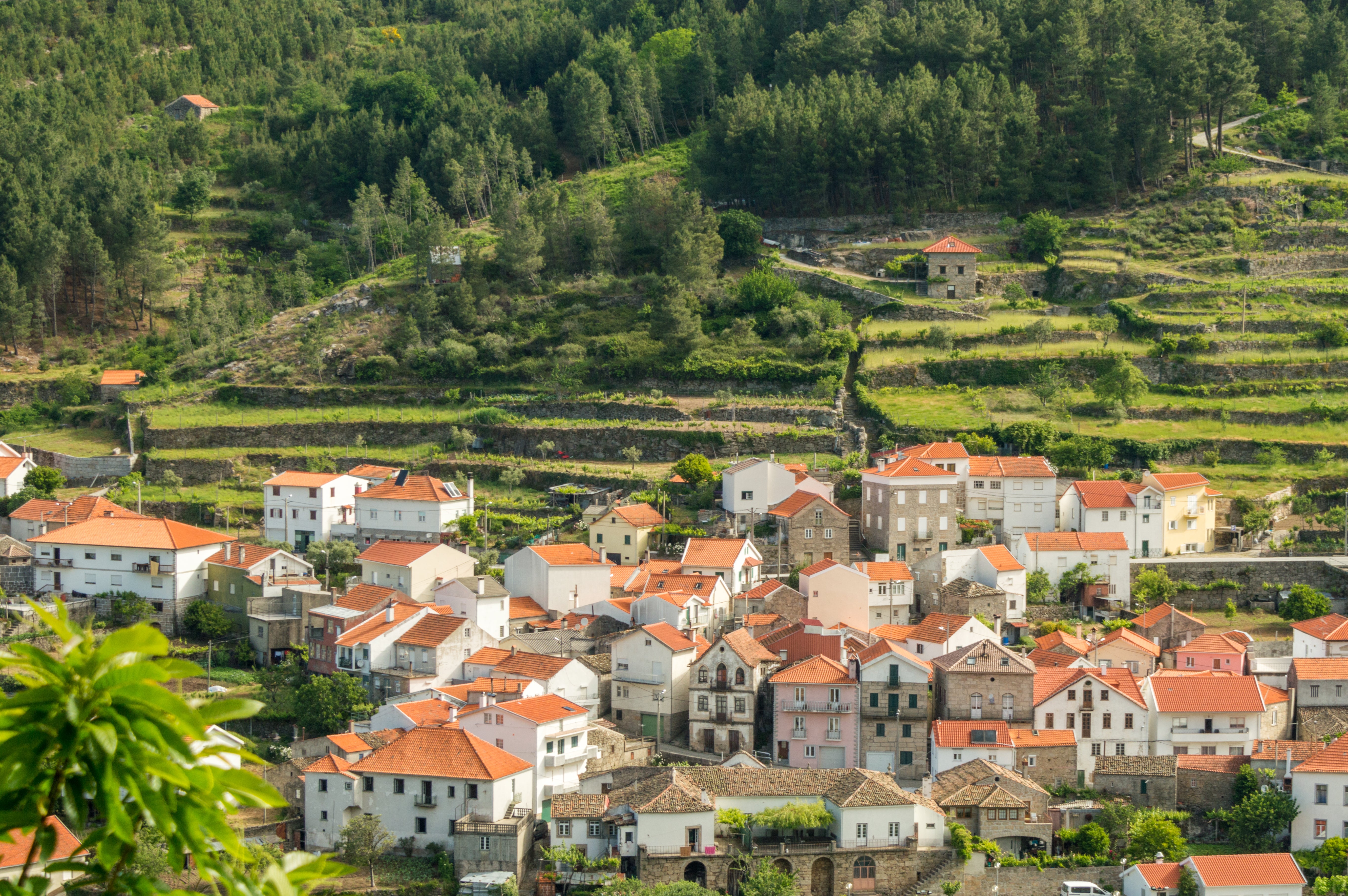
Best places for shopping in Portugal
Browsing the shops in Lisbon’s Cidade Baixa or Bairro Alto is a joy. Unlike most European capitals, the city still has a wealth of independent shops – selling everything from ceramics and vintage sunglasses to Portuguese wines and sardines. Best buys in Lisbon, and throughout Portugal include gold filigree jewellery – with designs drawing on the country’s Gothic, Moorish and Jewish heritage, fine leather and great shoes (beautifully made and at a fraction of the cost of their equivalents in Milan or Rome).
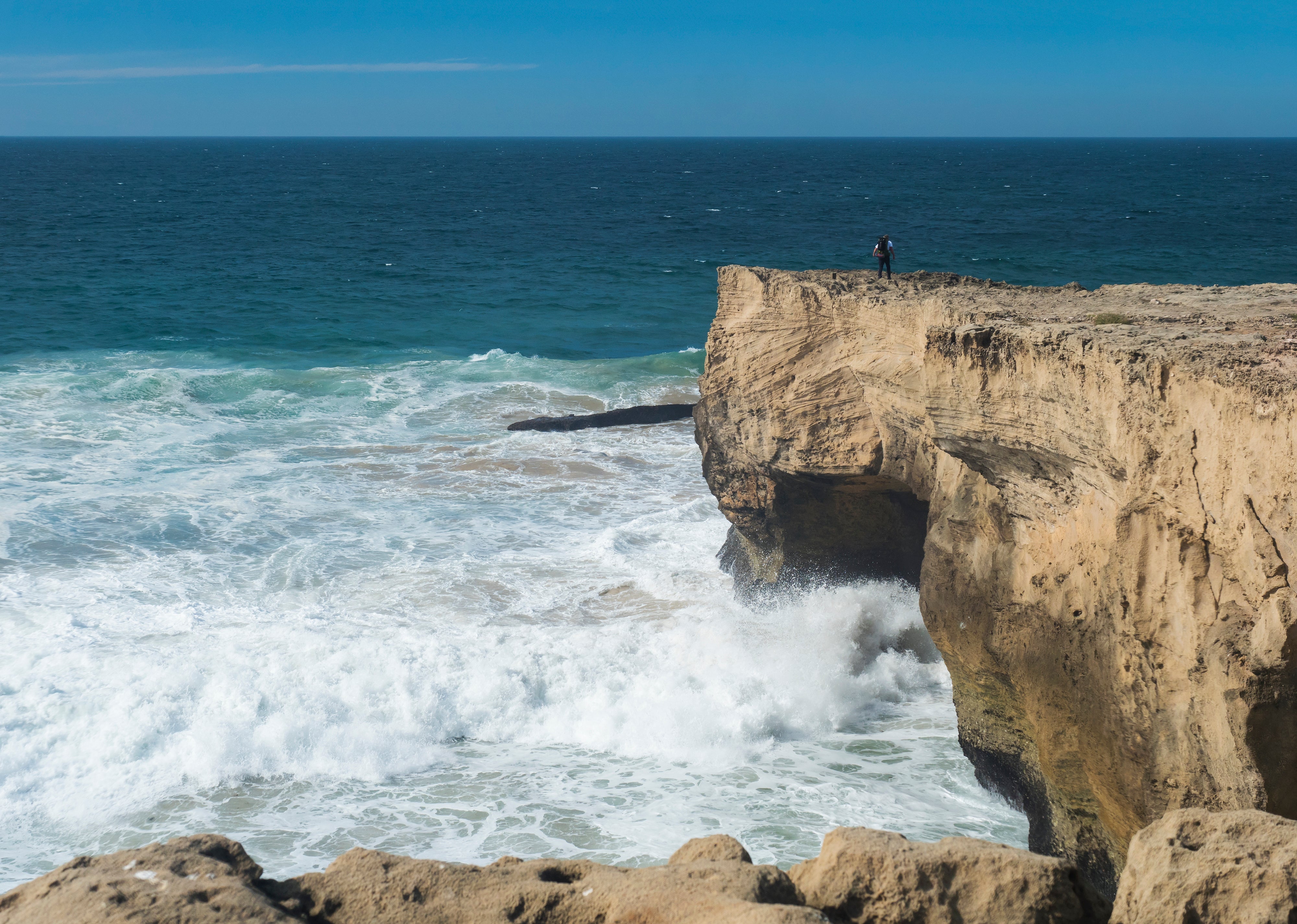
How to get around
Portugal is tiny – 350 miles long and around 130 wide – so there’s no need to take internal flights. While there is a good, regular train service (not high speed) between the coastal cities, inland areas can be a struggle to reach on public transport – with few rail connections and irregular buses. The best way to get around is by hire car.
How to get there
The cheapest and quickest way to get to Portugal is on a budget flight into Lisbon, Faro (in the Algarve) or Porto. While Brittany Ferries is considering introducing direct lines between the UK and Porto the only way to reach Portugal by boat is currently via Spain. Ferries leave twice weekly from both Portsmouth and Plymouth for Santander (23 hours). Santander is a four to five-hour drive from the Portuguese border near Bragança. There are also direct buses from Santander to Porto, taking around 10 hours – see flixbus.co.uk.
Money-saving tip
Portugal is hot and busy mid-summer. Travel in the shoulder seasons (April, May and September) and you’ll have even better weather, and hotel and restaurant prices will be up to 30 per cent lower.
FAQs
What’s the weather like?
Warm Mediterranean summers along the coast, which are hot and dry in the southern interior. Southern Portugal and the islands have mild winters (with day time temperatures around 15C and in the 20s on Madeira from late February).
What time zone is it in?
Continental Portugal and Madeira are the same as GMT. Summer time is GMT+1 and runs from March to the end of October. The Azores is GMT-1.
What currency do I need?
Euros.
What language is spoken?
Portuguese are good linguists and you will find that English and French are widely understood. If you speak a few words of Portuguese you will win many friends; speaking Spanish to Portuguese people may be met with a cool response.
Read our hotel reviews in Portugal







